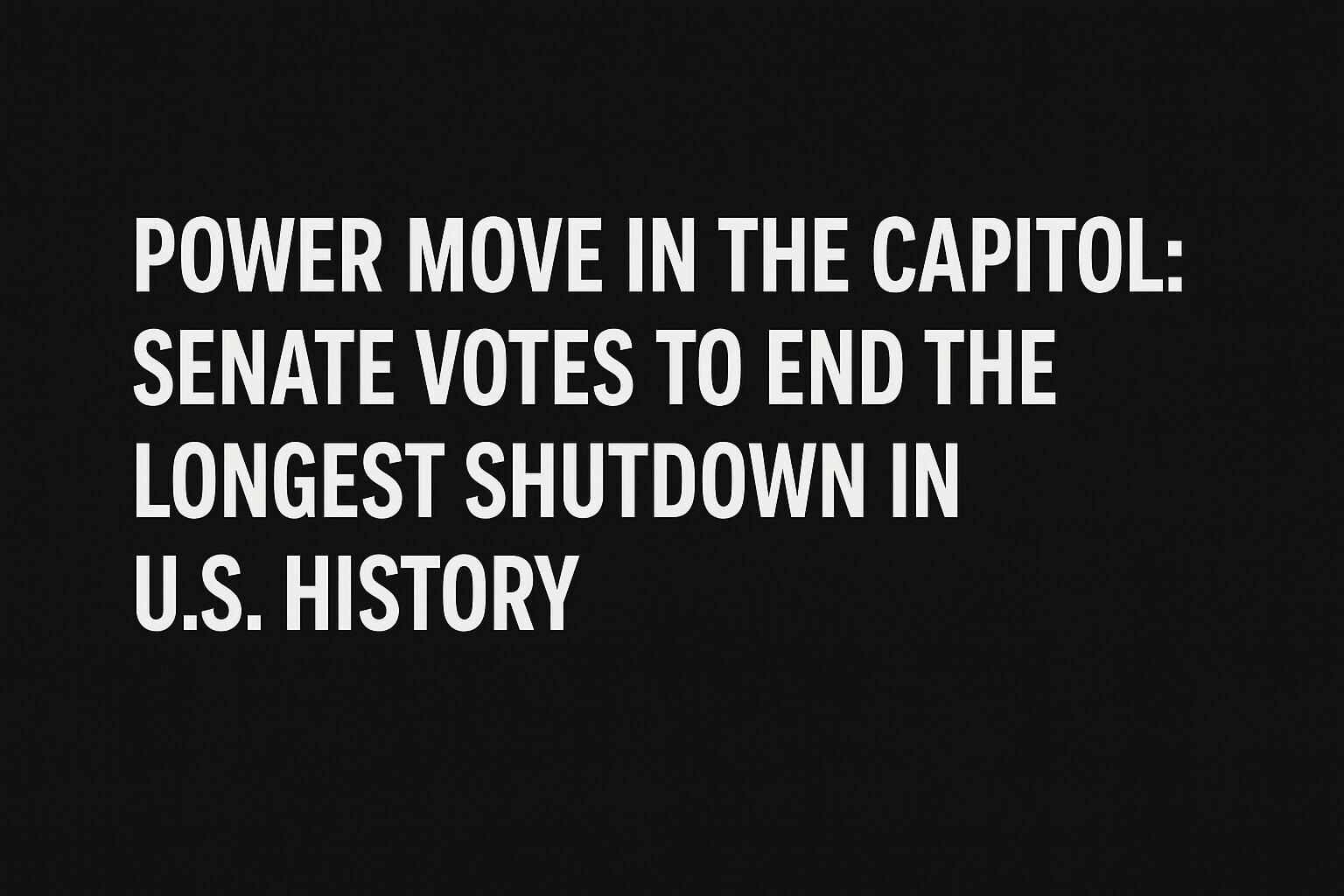Major Takeaways
President Trump ordered the Treasury to stop minting new pennies, ending over 230 years of one-cent coin production.
The move aims to save millions in production costs as pennies cost more to make than their face value.
Urban economies and digital payment systems will see minimal disruption, marking a continued shift toward a cashless society.

Powerful Reasons Trump’s Plan to Eliminate the Penny Will Change America
President Donald Trump has directed the United States Department of the Treasury to stop minting new one cent coins, also known as pennies. Production will gradually wind down and eventually cease, although pennies will remain legal tender for the foreseeable future. For people living in fast paced urban environments where digital payments and card transactions already dominate, this marks the end of an era for one of the most familiar yet least valued coins in circulation. The American penny has been in circulation since 1792 when the Coinage Act authorized the first one cent coins. Over the years the coin has evolved from heavy copper to a lighter copper plated zinc version. Since 1909, the penny has featured the image of President Abraham Lincoln, making it one of the longest running coin designs in United States history. In modern life, many city residents rarely use pennies. They pile up in jars or drawers, and most purchases are rounded or made electronically. The penny, once a vital part of daily transactions, has become more of a collectible than a useful coin. The main reason behind ending penny production is cost. Each penny costs more to make than it is worth. In recent years, the cost to produce and distribute a single penny has been more than three times its face value. That means the government spends millions of dollars each year just to keep the penny in circulation. At the same time, consumer behavior has changed dramatically. In urban areas, very few people use cash for small purchases. Most pay with cards, mobile apps, or other digital methods. As a result, billions of pennies sit unused in jars, drawers, and purses, effectively taken out of circulation. Retailers also find handling pennies inefficient. They slow down checkouts, complicate cash drawer management, and increase cash handling costs. Ending production of new pennies will save the federal government tens of millions of dollars every year while reducing waste and improving efficiency at the United States Mint. In early 2025 President Trump announced that he had instructed the Treasury Department to stop producing new pennies, describing the continued minting of the one cent coin as an unnecessary expense. The Treasury followed with a formal plan to phase out production of new pennies by early 2026. A ceremonial final batch of pennies was produced at the Philadelphia Mint in November 2025, marking more than two centuries of continuous penny production in the United States. Existing pennies remain legal currency, but no new ones will be created for general circulation. For most urban Americans, this change will have little immediate impact. You can still use any pennies you have, deposit them in the bank, or spend them normally. The difference is that over time, fewer pennies will appear in circulation. Cash transactions will likely be rounded to the nearest nickel once pennies become scarce. If your total comes to $10.02, for example, it might be rounded down to $10.00. If it is $10.03, it could be rounded up to $10.05. Electronic and card transactions will still record exact amounts because they do not depend on physical coins. City transit systems, vending machines, parking meters, and small retailers may need minor adjustments to remove penny acceptance or recalibrate systems to reflect rounding. Most urban transit and retail systems already rely on digital or card based payments, so the change should be smooth. For small vendors and cash only businesses, the transition may require new practices. Many will simply round to the nearest nickel to make cash exchanges easier. This could speed up transactions and reduce the burden of handling small coins. Supporters of eliminating the penny point to the clear financial waste of producing a coin that costs more than it is worth. They also highlight efficiency, arguing that the penny no longer plays a useful role in the economy. Most cash transactions would be faster and simpler without it, and digital payments have made such small denominations almost obsolete. Critics, however, emphasize the penny’s symbolic value. Featuring Abraham Lincoln, it represents part of the nation’s cultural and historical identity. Others worry that rounding cash transactions might disadvantage low income individuals who rely heavily on cash payments, though studies from countries that eliminated their smallest coins have shown little long term impact. Charities and nonprofits that depend on coin donations could also feel the change, but these groups may transition to digital or card based donation systems instead. Under the United States Constitution, Congress has the power to coin money and regulate its value. The Treasury Department, through the U.S. Mint, manages coin production. Ending penny production does not remove its legal tender status, but it does mean no new coins will enter circulation. Full elimination of the penny as a legal form of payment would likely require Congressional approval. The Treasury’s plan is to stop producing pennies for everyday use while possibly continuing limited minting for collectors. All pennies currently in circulation will remain valid indefinitely. In February 2025 President Trump instructed the Treasury to halt penny production. By mid 2025, the Treasury placed its final order of penny blanks, setting an end date for minting. In November 2025, the Philadelphia Mint struck the final batch of circulating pennies, marking the official end of regular penny production. Beginning in 2026, no new pennies will be produced for circulation. Existing pennies will remain in use but gradually become less common as they are lost or withdrawn. In most major cities, cash is already less dominant. Public transit systems, rideshares, and many restaurants rely on digital payments or cards. Therefore, the disappearance of new pennies will have limited direct impact. Where cash is still common, such as at street vendors, small grocery stores, and neighborhood laundromats, businesses will likely introduce rounding rules for cash transactions. Over time, these changes will standardize and become second nature. For retailers and service providers, removing pennies from circulation can improve efficiency. Fewer coins mean less time spent counting change and fewer errors at the register. Businesses that rely on vending or coin operated machines may need to recalibrate or remove penny slots altogether. The change could also affect coin exchange machines commonly found in supermarkets or convenience stores. These may stop accepting pennies or charge higher fees for processing them. All existing pennies remain legal tender and can be spent, saved, or deposited at banks. Rounding is expected to have almost no overall effect on prices. Some items may round up and others may round down, balancing out over time. There are billions of pennies currently in circulation, so they will not vanish quickly. You will likely see them less often as they wear out or are withdrawn, but they will remain valid for years. Credit cards, debit cards, and mobile payments will continue to record exact totals. Only physical cash transactions will be affected by rounding. Organizations that rely on coin donations may shift toward digital or card donations. Tip jars may begin accepting nickels, dimes, or small bills instead. Ending the production of the penny may seem like a small issue, but it reflects broader trends in the economy and society. It demonstrates how the government is adapting to a digital, cost conscious world and acknowledging the reduced role of physical cash in daily life. For urban Americans, it aligns with the shift toward mobile wallets, contactless payments, and tap to pay systems that dominate public transportation, food delivery, and retail. It also highlights efforts to reduce waste and increase government efficiency by cutting programs that no longer make sense economically. The penny’s phase out also represents a cultural shift. For generations, pennies have used expressions like “a penny for your thoughts” or “a penny saved is a penny earned.” While those sayings may live on, the actual coin may soon be more a symbol of nostalgia than a tool of commerce. Although the change is relatively simple, a few challenges remain. Some cash users may be confused by rounding rules, so businesses will need to communicate clearly to avoid misunderstandings. Retailers and city agencies must ensure rounding is applied fairly to prevent unintentional overcharging. Machines that accept or dispense coins, such as parking meters and transit ticketing devices, may require updates to remove penny functionality. For some small operators, these upgrades could add minor costs. Finally, collectors may start holding on to pennies from the last production year, giving them potential future value as novelty or commemorative items. With the penny’s production ending, the nickel becomes the lowest denomination coin in circulation. Cash transactions will round to the nearest five cents, similar to systems in countries like Canada and Australia. As fewer people use cash, city economies will continue trending toward cashless systems. This benefits consumers who prefer speed and convenience, but it may also require policies to ensure unbanked and cash reliant residents are not excluded from everyday commerce. Cities may see public campaigns explaining the change, encouraging people to deposit unused pennies, or offering exchange programs at local banks. Vending machine operators, transit systems, and retailers will adapt gradually, and most city residents will notice only minor day to day differences. For most people living in large metropolitan areas, the end of the penny’s production is not a major disruption. It simply acknowledges what daily life already looks like: a world dominated by cards, apps, and digital transactions. Still, it marks a meaningful shift in American currency. The penny has been part of the national identity for over two centuries. Its disappearance from production shows that the country is ready to move on from outdated systems and embrace modern, cost effective solutions. If you still have jars of pennies sitting around, now might be the time to take them to the bank or a coin exchange. Spend them, save them, or keep a few as keepsakes from a changing era. Soon enough, those small copper coins will become relics of a time when loose change jingled in every pocket and cash ruled city life.















